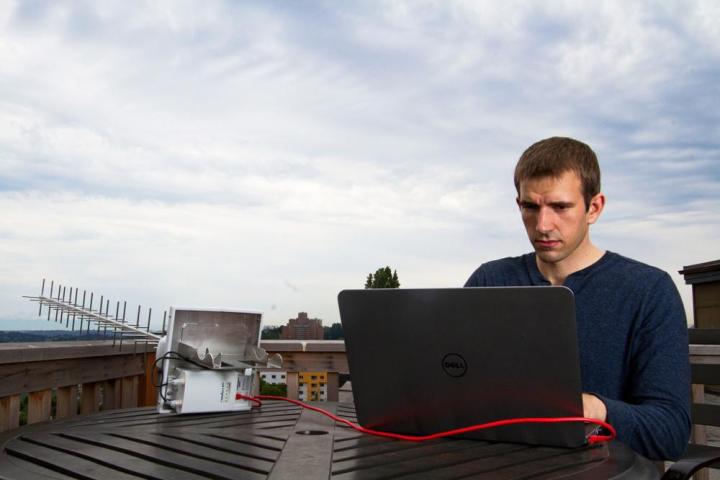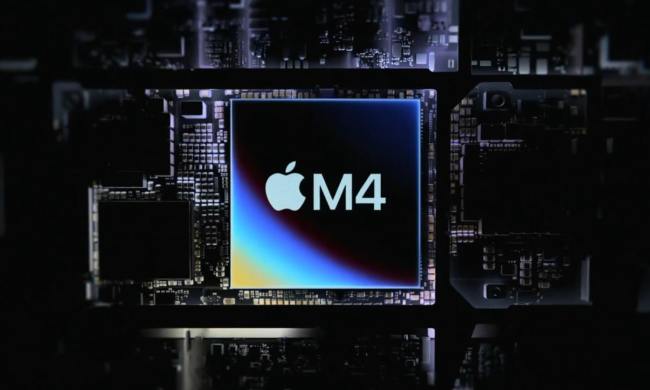
ProxyHam is actually two devices — one is a physical box that houses a Raspberry Pi computer equipped with a WiFi card, and a 900MHz antenna that can be plugged into some obscure location. The other device is a 900MHz antenna that receives the signal, sent from between one to 2.5 miles away. ProxyHam works by connecting the user to this now distant WiFi source by way of the low frequency radio waves. Anyone attempting to trace the source of the signal would be routed through a series of proxy connections to a final IP address that would originate from the ProxyHam Raspberry Pi computer, and not the user’s device.
The open source device was built by Ben Caudill, a researcher for the consultancy Rhino Security Labs, for a mere $200, and he plans on selling his new invention at the upcoming DefCon hacker conference in Las Vegas at cost. The device, Caudill says, is meant to operate as a last resort when it comes to security. “We consider this the last or worst case scenario, the absolute fallback plan if everything else fails,” he told Motherboard, and noted that ProxyHam is meant to work in tandem other tools like Tor.
He continued, ProxyHam serves to “expand the physical location an IP address could be associated with, so that’s good,” but noted, “It’s just that it doesn’t do anything on the user side, where identity leak would most likely happen.” Ultimately, Caudill says, “By default on its own it’s not going to be helpful.”
While ProxyHam provides equal opportunity usability for both criminals and the everyday user just looking for some added security, the same could be said for almost any service, and Caudill isn’t concerned. After all, it isn’t his responsibility to monitor what people do with his technology.


